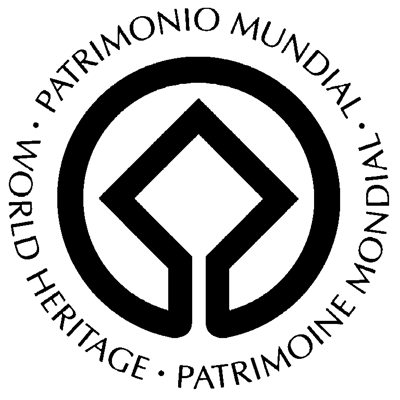
Francesco Bandarin mentioned in his talk to the Board of Directors of Americans for UNESCO that the new administration of UNESCO will give high priority to strengthening the participation of the U.S. educational, scientific and cultural and communications and information communities in UNESCO's efforts and networks. That participation languished during the years in which the United States was not a member of UNESCO, and has not been fully restored since the United States reentered UNESCO in 2003.
From the point of view of the UNESCO Secretariat, the desire to strengthen U.S. participation in UNESCO is obvious. Not only does the United States contribute 22 percent to the regular budget of UNESCO, but:
- The U.S. education community is very strong. Thus one study finds 55 of the top 100 universities in the world are in the United States.
- The U.S. scientific community is very strong. According to the NSF the United States provides one-third of the world's funding for research and development and produces more scientific and technological journal articles per year than any other country.
- The U.S. cultural community is very stron. According to the UNESCO Institute of Statistics, the United States leads the world in trade of cultural goods.
- The United States is a leader in the development of the information society. U.S. innovations include the transistor, the semiconductor chip, the personal computer and the Internet.
The effort to strengthen the participation of the U.S. intellectual community in UNESCO's programs should be welcomed by the Government and those communities. Through participation in UNESCO's activities and networks Americans can promote understanding of the United States by others while improving our understanding of other cultures. UNESCO provides a neutral forum in which key issues can be discussed by representatives of many nations.
- It can provide a venue for discussions of the ethics of climate change and the responsibilities of nations to reduce greenhouse gas emissions and to ameliorate the damages done by global warming.
- It continues to be the place in which countries discuss and monitor global progress on education.
- It not only has catalyzed a number of global networks tackling critical scientific problems, but it provides an umbrella under which nations (even nations with fundamental disagreements among themselves) can collaborate on mutually beneficial scientific projects.
- It provides a forum in which countries can work to develop a global culture of peace, and provides fora for discussion to help bridge the gaps between U.S. and Islamic culture and between Christian and Islamic religions. It can help protect world heritage while promoting cultural changes needed to enhance economic development.
- It provides a useful emphasis on the development of knowledge societies to balance the increasing global interest in development of information societies.
The United States participated fully in the creation of UNESCO after World War II, modifying its Constitution in ways designed to make it a better instrument in achieving the goal of building teh defenses of peace in the minds of men. The United States reentered UNESCO in 2003 based on a consensus that the perceived problems of the organization that led to our withdrawal had been overcome and that membership in the organization would advance U.S. global interests. This history would itself justify full participation in UNESCO's efforts. More importantly, the more fully the U.S. educational, scientific and cultural communities participate in UNESCO, the more fully UNESCO will meet our expectations and achieve that which we hope for it to achieve.
John Daly
The opinions expressed above are those of the author and do not necessarily reflect those of Americans for UNESCO.










